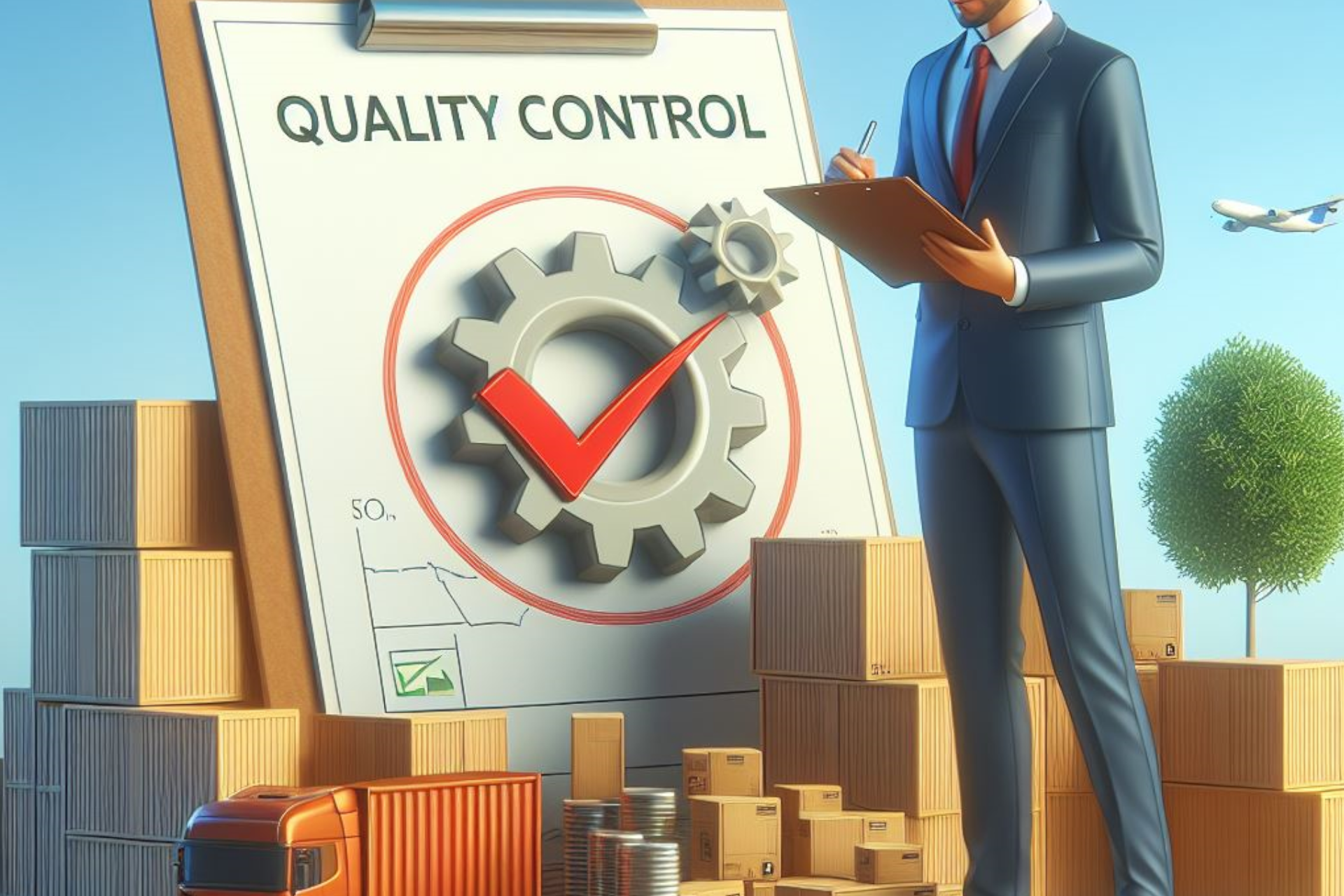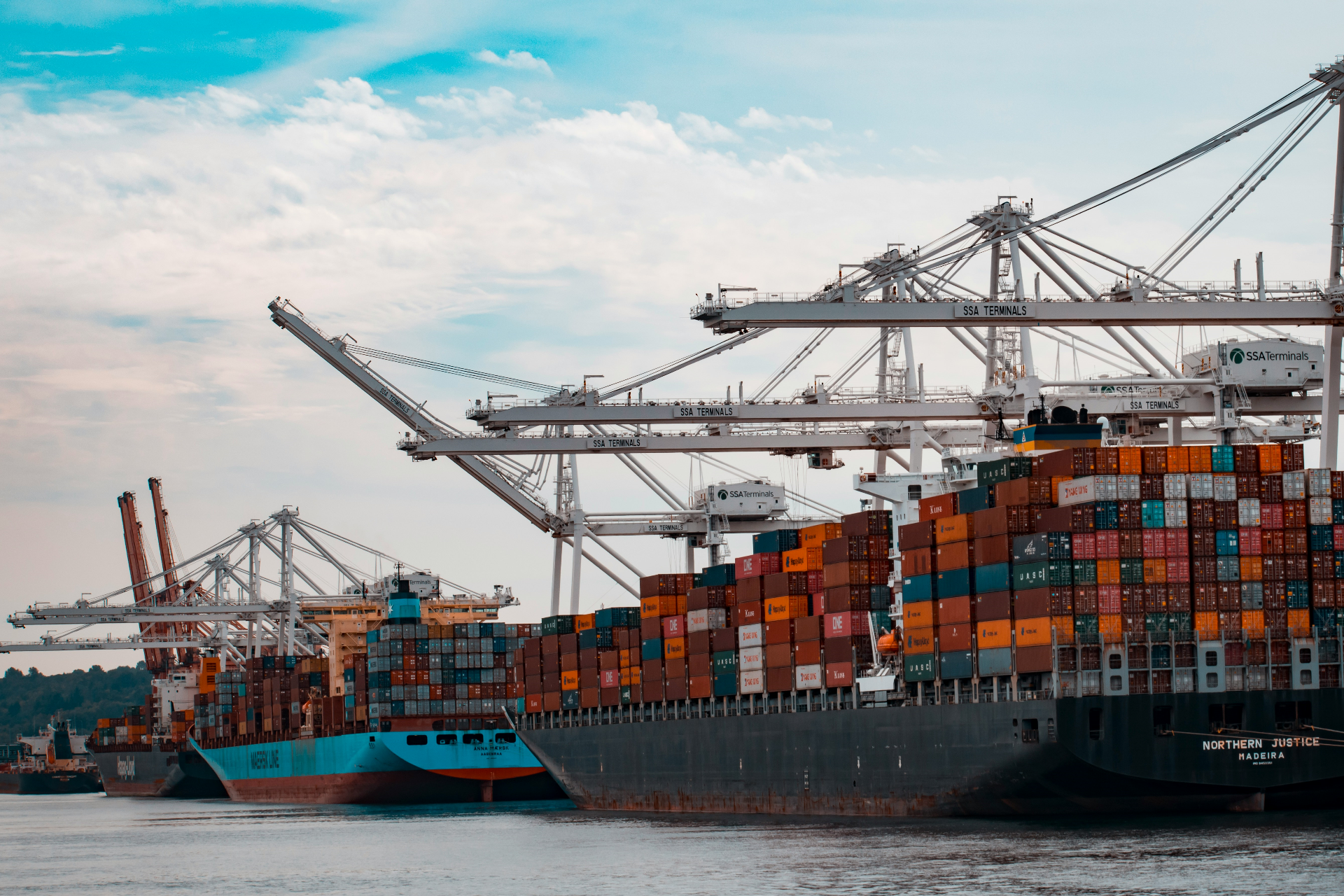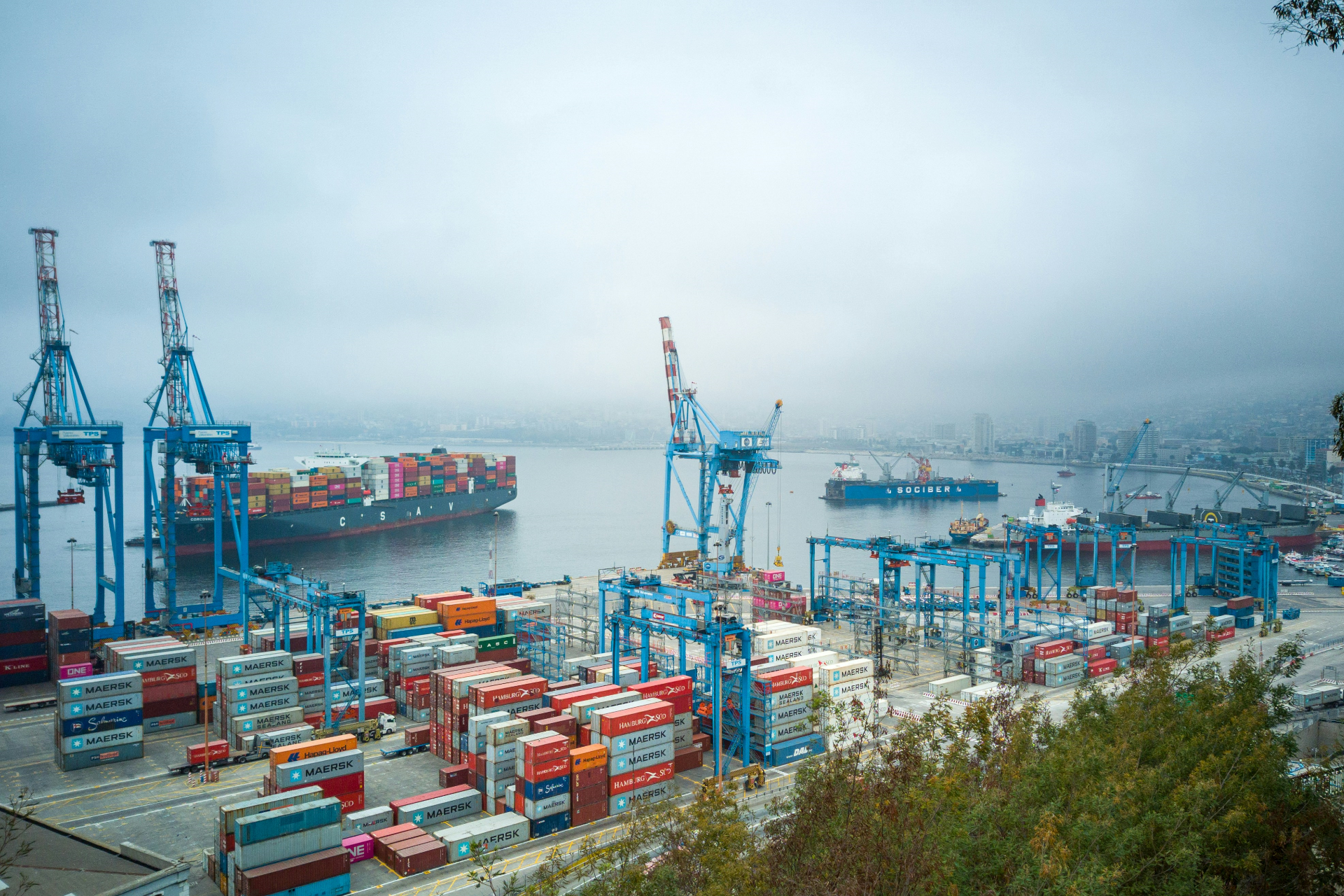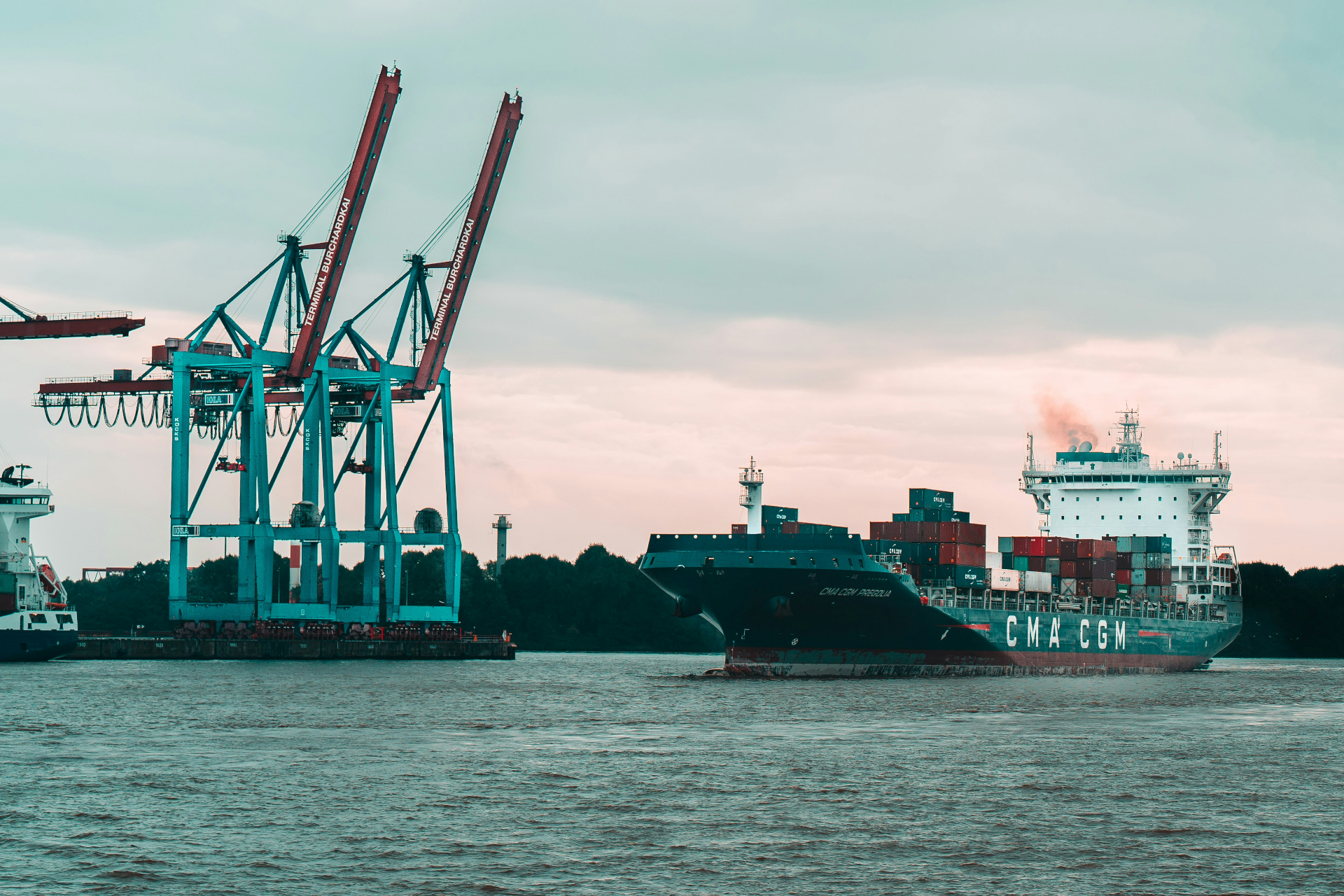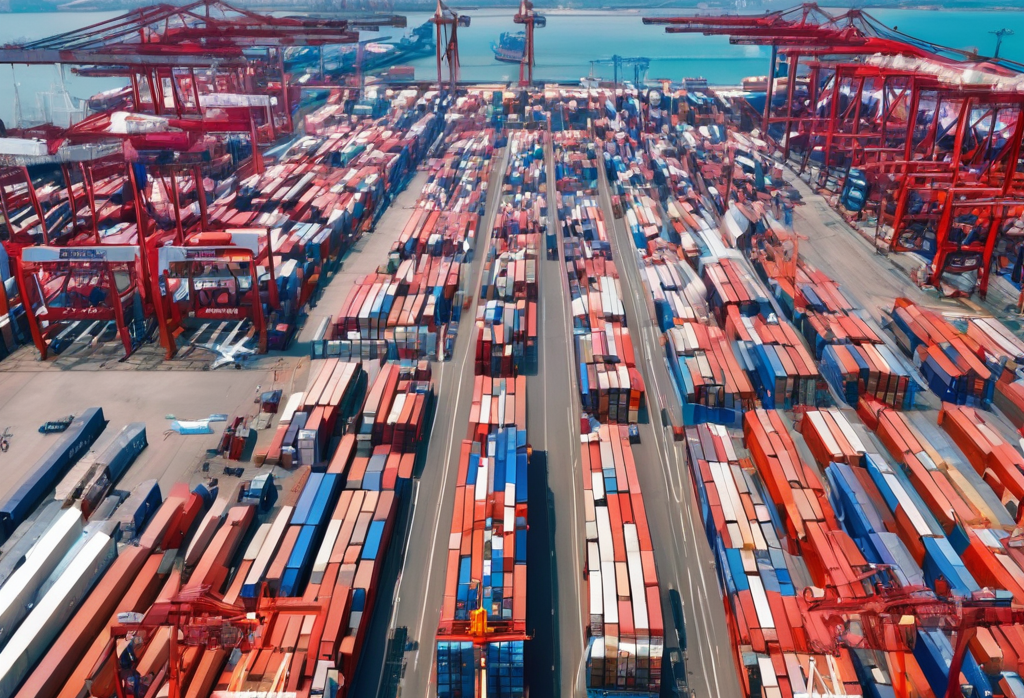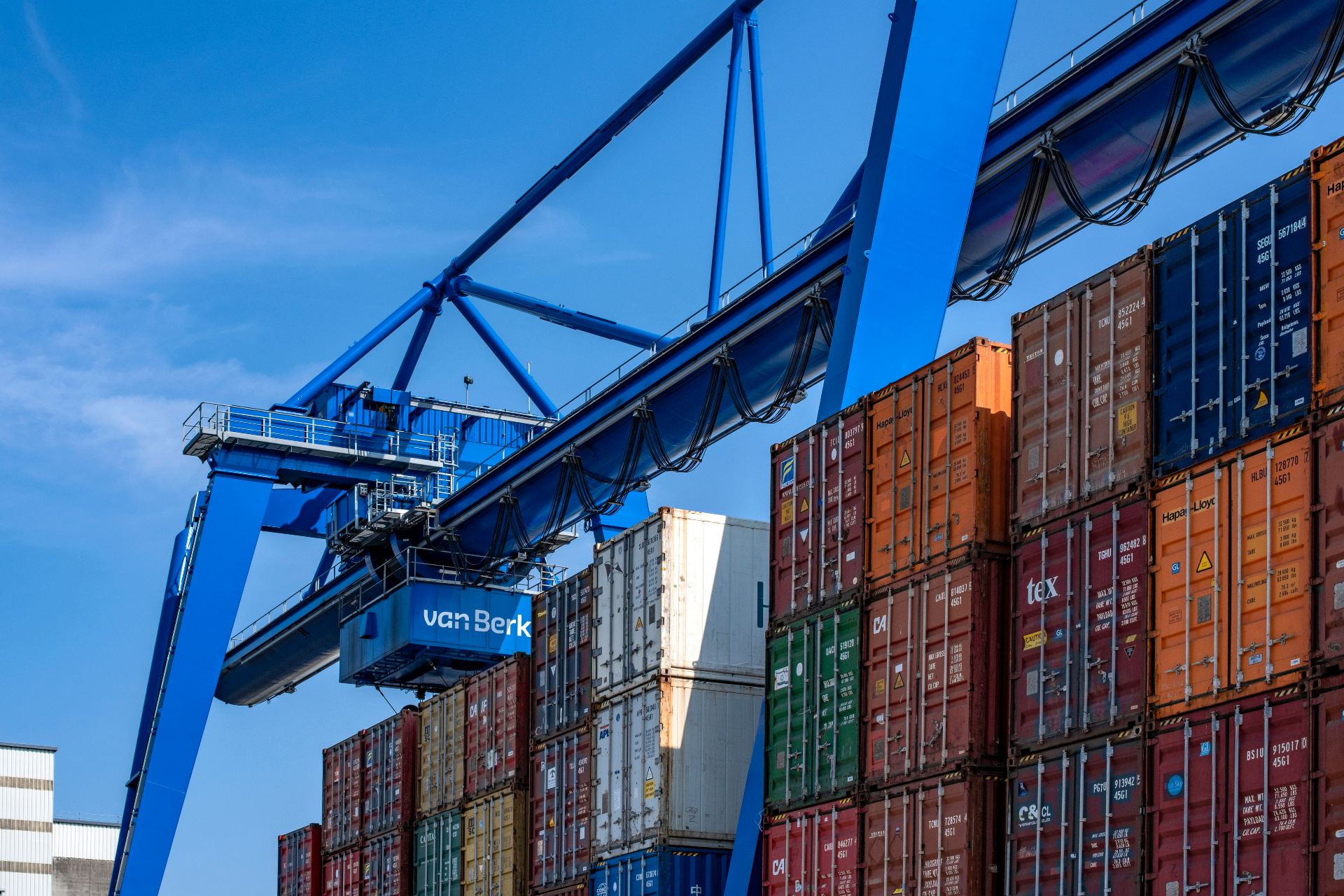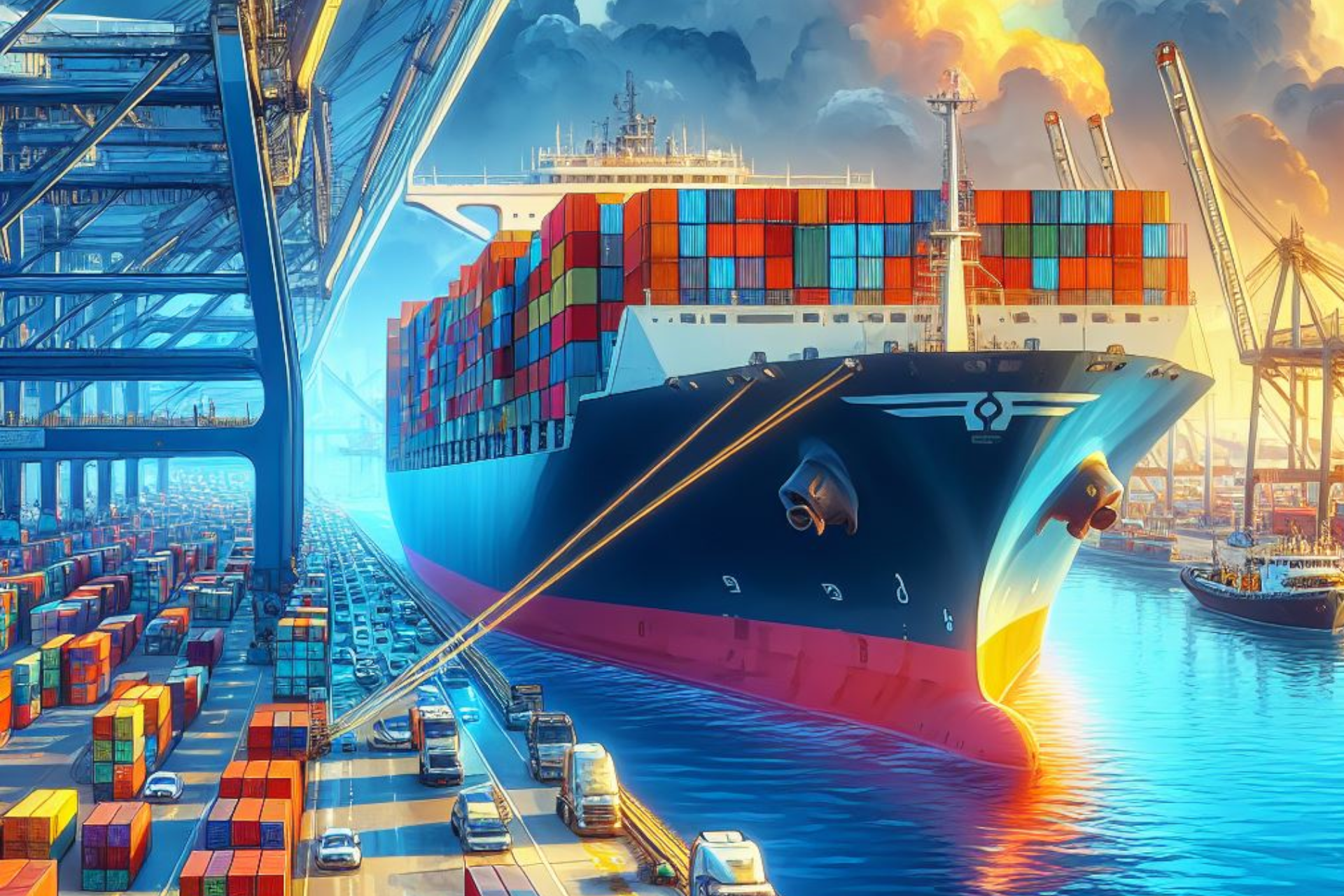Managing international supply chain risks requires proactive identification and mitigation. Key risks include operational disruptions, regulatory changes, and currency fluctuations. Essential strategies for risk management encompass developing a comprehensive risk management plan, diversifying suppliers and distribution channels, establishing robust contracts, integrating technology for real-time tracking and predictive analysis, investing in supply chain insurance, and maintaining effective communication with all supply chain stakeholders. By leveraging these strategies, companies can ensure smooth operations and timely delivery.
In an increasingly globalized world, businesses face the challenge of managing complex supply chains spanning across continents, languages, and cultures. The international supply chain, a nexus of production and distribution that stretches around the globe, has proven to be a boon for companies looking to leverage advantages in cost, expertise, and location. However, managing these sprawling networks is not without its fair share of risks.
From manufacturing delays and shipping disruptions to fluctuating currencies and changing regulations, these are the multifaceted risks inherent in the international supply chain. Businesses must strive to identify, understand, and manage these risks effectively to ensure smooth operations and timely delivery of goods and services.
One of the main risks facing global supply chains is operational disruptions. These could range from natural disasters such as hurricanes, earthquakes, or floods, which can severely disrupt production and distribution, to unexpected events like labor strikes or political unrest. The COVID-19 pandemic served as a stark reminder of how quickly an unforeseen event can send ripples through the global supply chain, causing significant disruptions.
Another risk comes in the form of regulatory changes. As businesses operate in multiple countries, they must comply with the regulations of each. These can include import/export restrictions, tariffs, customs regulations, and environmental standards, among others. Changes to these regulations can drastically impact a company's bottom line.
Currency fluctuations also pose a significant risk. Exchange rates can greatly impact the cost of goods and services, and sudden changes can severely disrupt a company's financial planning.
To manage these risks, companies need to adopt a proactive, structured approach. First and foremost, this involves creating a robust risk management strategy. This should identify the potential risks the company faces, assess their potential impact, and develop plans to mitigate them.
Another essential step in managing supply chain risk is diversification. Relying heavily on a single supplier or region can leave a business vulnerable to disruptions. Diversifying suppliers and distribution channels can reduce this risk and provide a level of flexibility.
Similarly, companies should ensure they have robust contracts in place with suppliers. These should outline the responsibilities of each party, define quality standards, and include contingencies for potential disruptions.
Incorporating technology is another crucial aspect of risk management. Software tools can provide real-time tracking and monitoring of supply chain processes, allowing businesses to respond quickly to any potential issues. Technologies like AI and machine learning can also be used to predict potential risks and provide strategies to mitigate them.
Companies should also consider investing in supply chain insurance. This can provide financial protection in case of major disruptions, such as natural disasters or major supplier failures.
Finally, businesses need to ensure they have effective communication channels in place. This should involve regular dialogue with suppliers, stakeholders, and customers to ensure everyone is kept informed of any potential issues and how they are being managed.
To sum it up, managing the risks inherent in international supply chains is a complex but crucial task. By taking a proactive, structured approach, companies can minimize these risks and ensure their operations continue to run smoothly.
Related Information




